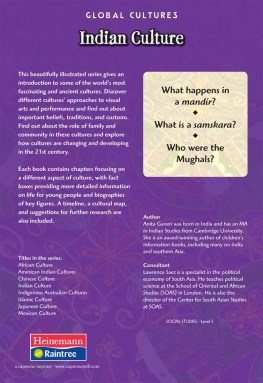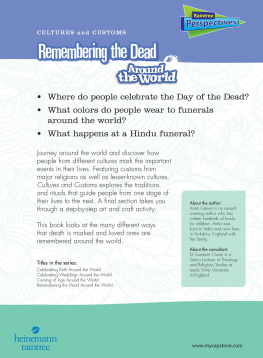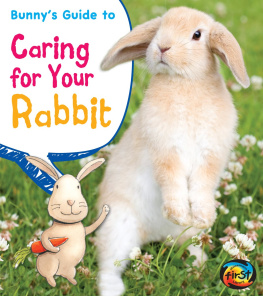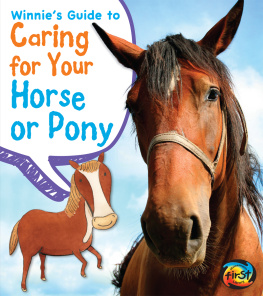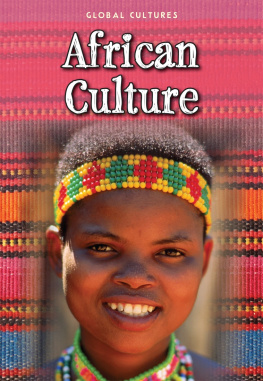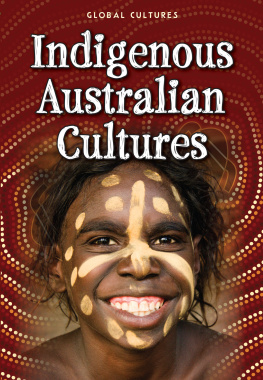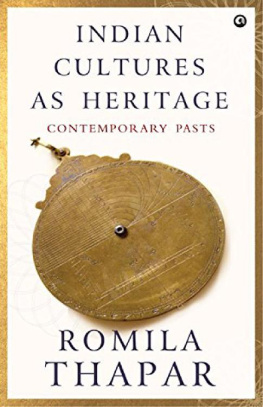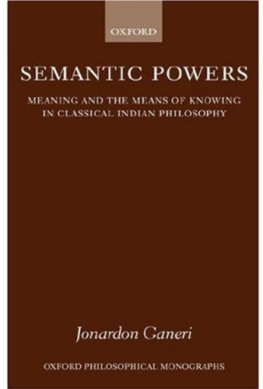Anita Ganeri - Indian Culture
Here you can read online Anita Ganeri - Indian Culture full text of the book (entire story) in english for free. Download pdf and epub, get meaning, cover and reviews about this ebook. year: 2012, publisher: Capstone, genre: Politics. Description of the work, (preface) as well as reviews are available. Best literature library LitArk.com created for fans of good reading and offers a wide selection of genres:
Romance novel
Science fiction
Adventure
Detective
Science
History
Home and family
Prose
Art
Politics
Computer
Non-fiction
Religion
Business
Children
Humor
Choose a favorite category and find really read worthwhile books. Enjoy immersion in the world of imagination, feel the emotions of the characters or learn something new for yourself, make an fascinating discovery.
- Book:Indian Culture
- Author:
- Publisher:Capstone
- Genre:
- Year:2012
- Rating:5 / 5
- Favourites:Add to favourites
- Your mark:
- 100
- 1
- 2
- 3
- 4
- 5
Indian Culture: summary, description and annotation
We offer to read an annotation, description, summary or preface (depends on what the author of the book "Indian Culture" wrote himself). If you haven't found the necessary information about the book — write in the comments, we will try to find it.
Indian Culture covers a vast array of subjects on Indian culture from fine arts to ceremonies, from legends to the cultures global influence.
Indian Culture — read online for free the complete book (whole text) full work
Below is the text of the book, divided by pages. System saving the place of the last page read, allows you to conveniently read the book "Indian Culture" online for free, without having to search again every time where you left off. Put a bookmark, and you can go to the page where you finished reading at any time.
Font size:
Interval:
Bookmark:


| BCE | |
| 1500 | Aryans from Central Asia invade India. Their religion forms the basis of Hinduism.The origins of Indian classical music can also be found in Aryan culture. |
| 563 | The Buddha (founder of Buddhism) is born |
| CE | |
| about 4 | The bharat natyam dance is first performed in southern India |
| 1001 | Muslims from Afghanistan invade northwest India |
| 1469 | Guru Nanak (the founder of Sikhism) is born |
| 1526 | The Mughal Empire is founded |
| 1600s | Kathakali dance is first performed in southern India |
| 1632 | Shah Jahan begins building the Taj Mahal |
| 1699 | Guru Gobind Singh founds the Sikh Khalsa |
| 1784 | The British take political control of India |
| 1911 | The capital of India is moved from Kolkata to New Delhi |
| 1931 | The first Hindi movie with sound is made (Alam Ara) |
| 1942 | The movie star Amitabh Bacchan is born |
| 1947 | India gains independence from Britain |
| 1950s | Many Indians begin to leave to settle in other countries |
| 1973 | Cricket player Sachin Tendulkar is born |
| 2000 | India marks the birth of its billionth citizen |
| 2011 | The artist M. F. Husain dies |
| 2011 | India wins the Cricket World Cup |
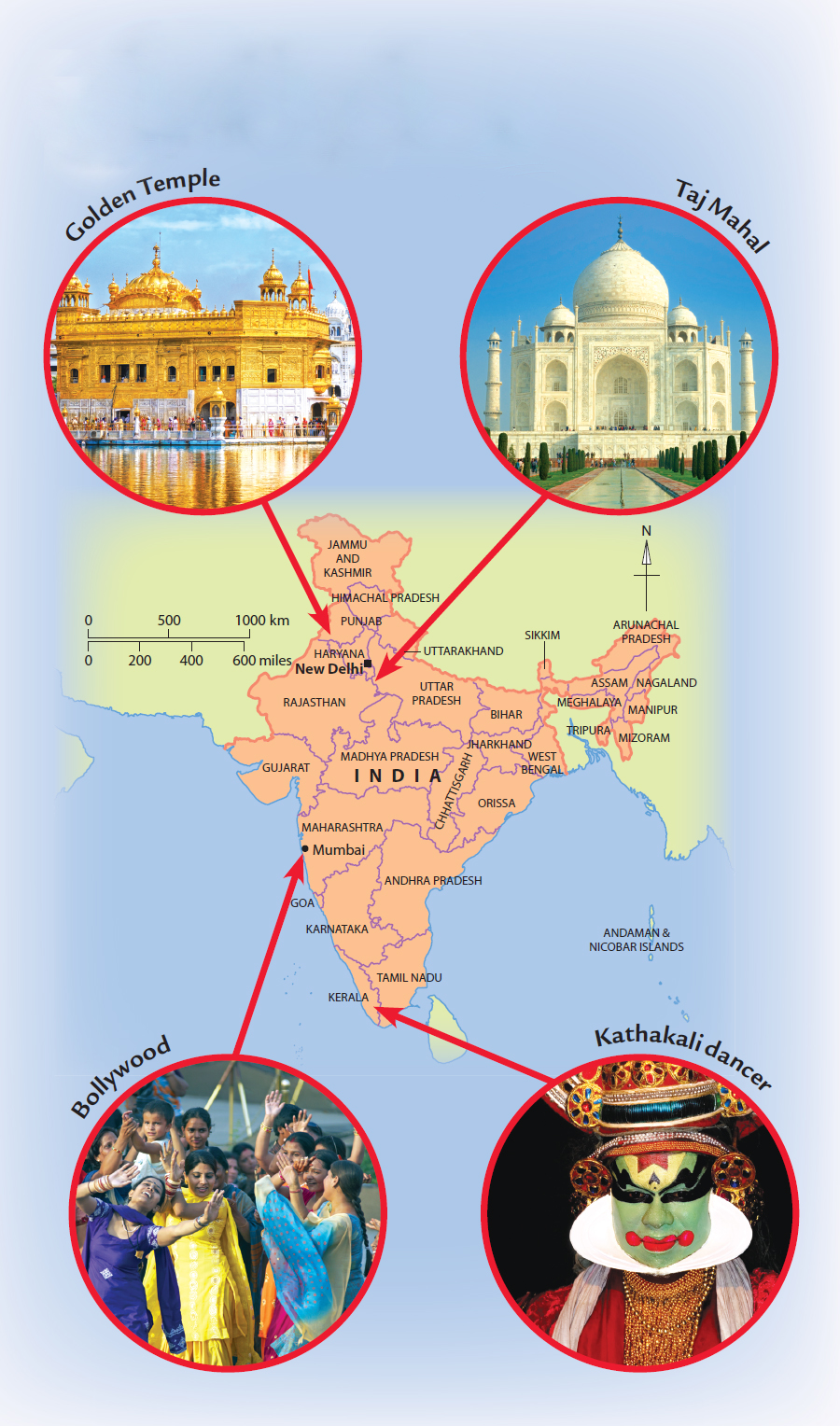
Apte, Sunita. India (True Books: Countries). New York: Childrens Press, 2009.
Brownlie Bojang, Ali. India (Countries Around the World). Chicago: Heinemann Library,2012.
Ganeri, Anita. India (Countries in the News). North Mankato, Minn.: Smart Apple Media,2008.
Ganeri, Anita. India (World of Food). Minneapolis: Clara House, 2010.
Ganeri, Anita. Prayer and Worship series. North Mankato, Minn.: Sea to Sea, 2008.
https://www.cia.gov/library/publications/the-world-factbook/geos/in.html
Find up-to-the-minute facts about India on this website.
india.gov.in
This website includes information about health, education, and culture in India. There is also a kids corner to check out.
kids.nationalgeographic.com/kids/places/find/india/
Find out more about Indias geography, history, people, and more at this website.
worldmusic.nationalgeographic.com/view/page.basic/country/content.country/india_31/en_US
Learn more about Indian music at this website and listen to recordings by different Indian musicians.
The Freer Gallery of Art and the Arthur M. Sackler Gallery, Washington, D.C.
www.asia.si.edu
The Freer and Sackler Galleries focus on the art of Asia, and their collection contains many important examples of Indian art.
The Los Angeles County Museum of Art, California
www.lacma.org
The Los Angeles County Museum of Art has an impressive collection of Indian art.
Metropolitan Museum of Art, New York City
www.metmuseum.org
The Metropolitan Museum of Art has galleries with objects from India, including jewelry, paintings, and more.
What topic did you like reading about most in this book? Did you find out anythingthat you thought was particularly interesting? Choose a topic that you liked, suchas food, buildings, or religion, and try to find out more about it. You could visitone of the places mentioned above, take a look at one of the websites listed here,or visit your local library to do some research. You could also try putting on asari, watching a Bollywood movie, or trying some Indian treats!
What do you imagine when you think of Indian culture? What sights and sounds comeinto your mind? Do you see beautiful temples and palaces? Or do you think of Indianfood and fabulous silk saris?
India is located in South Asia. On the western side is the Arabian Sea. On the easternside is the Bay of Bengal. To the north are the Himalayas, the worlds highest mountains.India is the worlds seventh biggest country. It is about one-third the size of theUnited States. It is home to more than a billion peopleabout one-seventh of allthe people on Earth.
India is an ancient country with a long history. Over the last 5,000 years, it hasbeen invaded many times. Each time, the people who came to India from other countriesbrought their own customs and traditions, which have left their mark on Indian culture.
Culture includes the values, beliefs, and attitudes of a place. It is about how peoplelive and worship and about the music, art, and literature they produce. Because ofits huge size and long history, Indian culture is incredibly varied. There are manydifferent groups of people in India eating different foods, following different beliefs,speaking different languages, and wearing different clothes. However, they also havemany things in common. For example, people all over India are fans of the sport cricketand love going to the movies.
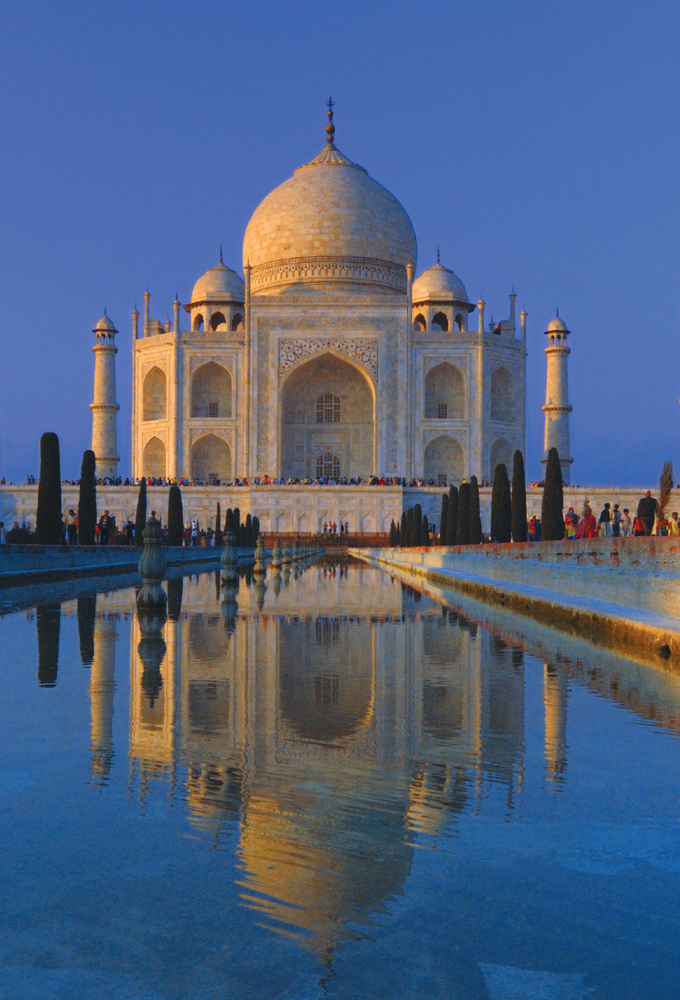
The famous Taj Mahal in Agra is a symbol of India that is known throughout the world.
Religion is very important in Indian culture and in peoples lives there. It candetermine where and how people live, whom they marry, what food they eat, and howthey dress.
More than 80 percent of Indians are Hindus, and about 13 percent are Muslims. Thereare smaller numbers of Christians, Sikhs, Buddhists, and Jains.
Hindus follow the religion of Hinduism, which goes back at least 4,000 years. Hindushave many different beliefs and ways of worshiping. Most Hindus believe in a greatspirit called Brahman. Some Hindus call Brahman God. They also believe in manydeities who represent Brahmans different qualities and powers.
The Buddha was a royal prince who was born in northeast India (modern-day Nepal)in about 563 BCE. He was named Siddhattha Gotama and grew up in great luxury. Despitethis, he decided to live as a poor, wandering monk. He wanted to find a way for peopleto live happier lives.
After many years of meditation, Gotama became the Buddha, which means the enlightenedone. Today, there are very few Buddhists in India, but Buddhism has spread to otherparts of Asia and around the world.
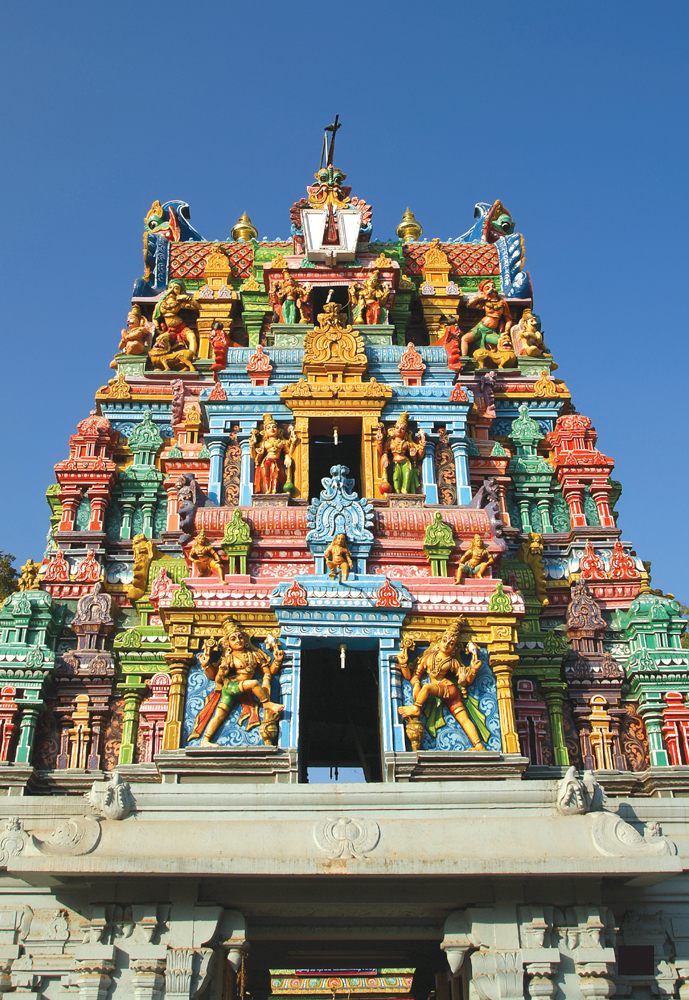
This is the colorful tower of a Hindu temple. It is decorated with carvings of godsand goddesses.
Below is a prayer to Lord Ganesh, the elephant-headed deity. Hindus believe thatGanesh removes obstacles. They pray to him before starting
Font size:
Interval:
Bookmark:
Similar books «Indian Culture»
Look at similar books to Indian Culture. We have selected literature similar in name and meaning in the hope of providing readers with more options to find new, interesting, not yet read works.
Discussion, reviews of the book Indian Culture and just readers' own opinions. Leave your comments, write what you think about the work, its meaning or the main characters. Specify what exactly you liked and what you didn't like, and why you think so.

